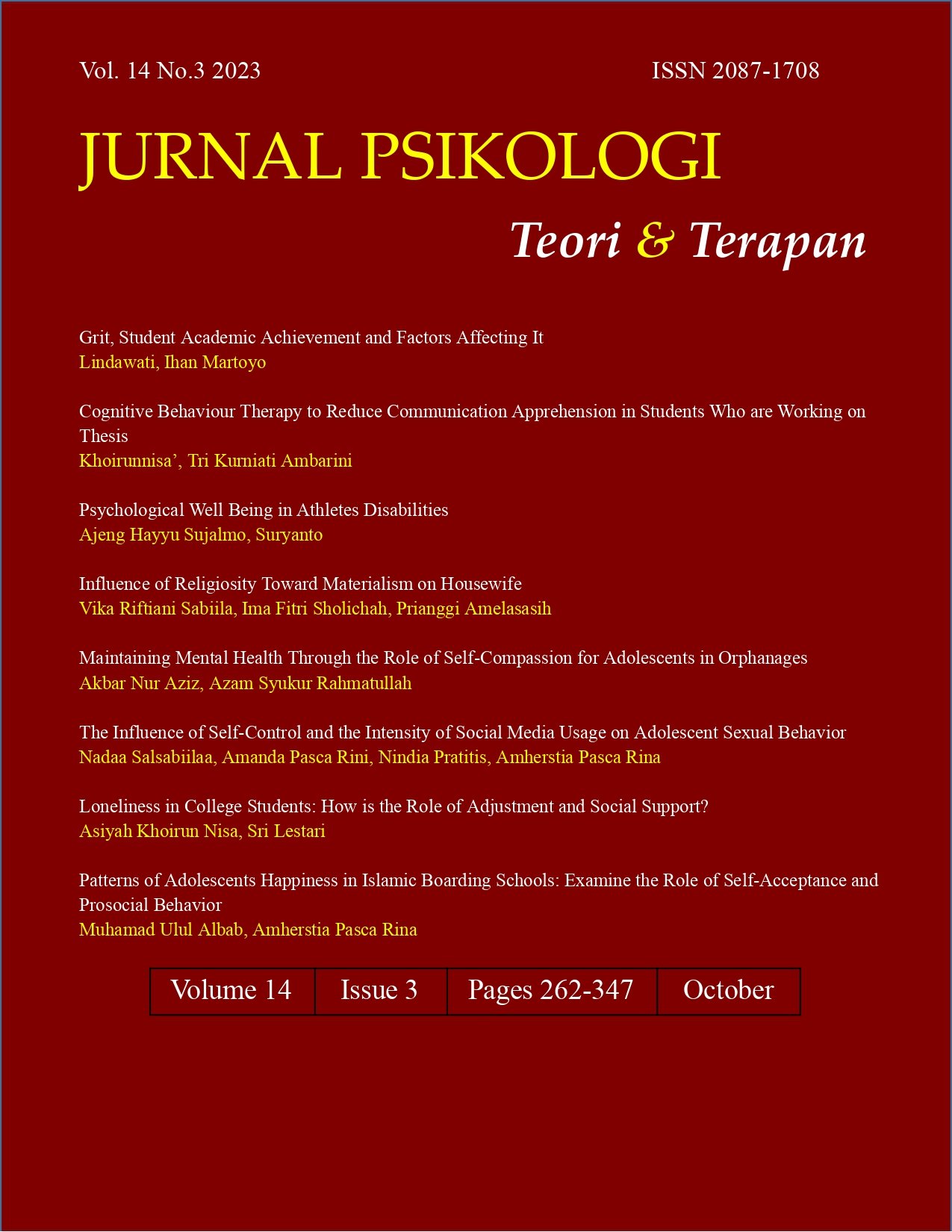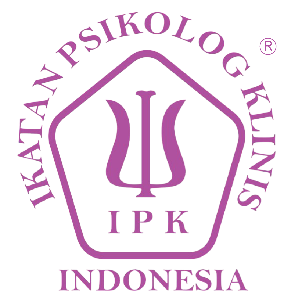Influence of Religiosity Toward Materialism on Housewife
DOI:
https://doi.org/10.26740/jptt.v14n03.p290-299Keywords:
materialism, materialisme, housewife, ibu rumah tangga, religiosity, religiusitasAbstract
The purpose of this study was to prove the influence of religiosity on materialism in housewives. The population of this study was 183 housewives from 4 areas with different characteristics in Gresik Regency, namely urban, rural, industrial and santri areas. The sample determination was carried out using propotionate stratified random sampling technique, with a total sample of 126 people. The materialism scale adopted from Richins and Dawson (1992) and the religiosity scale adopted from Glock and Stark (1968), have been tested by Lutfia & Hidayat (2020). Each of these scales obtained a Cronbach Alpha value greater than 0.70, so that this research instrument can be said to be reliable. Data collection was carried out using a questionnaire with a Likert instrument, and processed with simple linear regression analysis. The test results show that the level of religiosity of housewives has a significant negative effect on the level of materialism, with a coefficient of determination of 11.3%. This means that high religiosity will reduce materialism. The majority of respondents rated their level of religiosity as moderate and their level of materialism as low.
ABSTRAK
Tujuan penelitian ini adalah untuk membuktikan adanya pengaruh religiusitas terhadap materialisme pada ibu rumah tangga. Populasi penelitian ini sebanyak 183 orang ibu rumah tangga dari 4 wilayah dengan karakteristik berbeda di Kabupaten Gresik, yakni wilayah perkotaan, pedesaan, industri dan santri. Penentuan sampel dilakukan menggunakan teknik propotionate stratified random sampling, dengan jumlah sampel sebanyak 126 orang. Skala materialisme yang diadopsi dari Richins dan Dawson (1992) dan skala religiusitas diadopsi dari Glock dan Stark (1968), telah diuji coba oleh Lutfia & Hidayat (2020). Masing-masing skala tersebut didapatkan nilai Cronbach Alpha lebih besar dari 0,70 maka instrumen penelitian ini dapat dikatakan handal (reliabel). Pengumpulan data dilakukan dengan menggunakan kuesioner dengan instrumen likert, dan diolah dengan analisis regresi linier sederhana. Hasil pengujian menunjukkan bahwa tingkat religiusitas ibu rumah tangga memiliki pengaruh negatif signifikan terhadap tingkat materialisme, dengan koefisien determinasi sebesar 11,3%. Hal ini berarti religiusitas yang tinggi akan dapat menurunkan materialisme. Mayoritas responden menilai tingkat religiusitas mereka sedang dan tingkat materialisme rendah.
References
Cahyo, H., and others. (2017). Perilaku konsumen materialistik: perspektif pembelian, compulsive buying, dan environmental attitudes. Sustainable Competitive Advantage (SCA), 6(1).
DataIndonesia.id. (2022). Survei Belanja Online 2022 (online).
Ferrinadewi, E. (2008). Merek dan psikologi konsumen. Yogyakarta: Graha Ilmu.
Jalaluddin, H. (2016). Psikologi agama, memahami perilaku dengan mengaplikasikan prinsip-prinsip psikologi. Jakarta: PT. Raja Grafindo Persada.
Kardes, F. R., Cline, T. W., and Cronley, M. L. (2011). Consumer behavior: Science and practice, internationalth edn. South Western College, Cengage Learning, Mason.
Kasser, T. (2003). The high price of materialism. MIT press.
Kasser, T., Ryan, R. M., Couchman, C. E., and Sheldon, K. M. (2004). Materialistic values: Their causes and consequences.
Nahrowi, M. (2004). Ekonomi mikro dalam perspektif islam. Yogyakarta: BPFE.
Rasool, S., Kiyani, A., Khan Khattak, J., Ahmed, A., and others. (2012). The impact of materialism on compulsive consumption in Pakistan. African Journal of Business Management, 6(49), 11810.
Schiffman, L. G., and Kanuk, L. L. (2010). Perilaku konsumen (Z. Kasip (ed.). Indeks.
Sholichah, I. M. A. F. (2017). Self-esteem sebagai mediator antara materialisme dengan subjective well-being. Universitas Gadjah Mada.
Sugiyono. (2016). Metode penelitian pendidikan (Kualitatif, Kuantitatif, dan R&D). Alfabeta.
Sumantri, S. (2015). Religiositas sebagai kendali nilai materialistik dan belanja pada mahasiswa.
Utomo, R. B., and Dewi, M. H. U. (2023). Sinergitas pemerintah dan elemen masyarakat dalam meningkatkan kemajuan ekonomi melalui penguatan pariwisata desa. Global Aksara Pers.
Zainal, A. D. (2018). Hubungan antara religiusitas dengan materialisme pada mahasiswa. Universitas Mercu Buana Yogyakarta.
Downloads
Published
How to Cite
Issue
Section
License

This work is licensed under a Creative Commons Attribution-NonCommercial 4.0 International License.
Authors who publish in this journal agree to the following terms:
Copyright in any article is held by the author.
The author grants the journal, publication rights with the work simultaneously licensed under a Creative Commons Attribution License that allows others to share the work with an acknowledgment of the work's authorship and initial publication in this journal.
Authors may enter into separate, additional contractual arrangements for the non-exclusive distribution of the journal's published version of the work (e.g., posting it to an institutional repository or publishing it in a book), with an acknowledgment of its initial publication in this journal.
Authors are permitted and encouraged to post their work online (e.g., in an institutional repository or on their website) prior to and during the submission process, as this can lead to productive exchanges, as well as earlier and greater citation of published work.
 Abstract views: 403
,
Abstract views: 403
, PDF Downloads: 304
PDF Downloads: 304


















